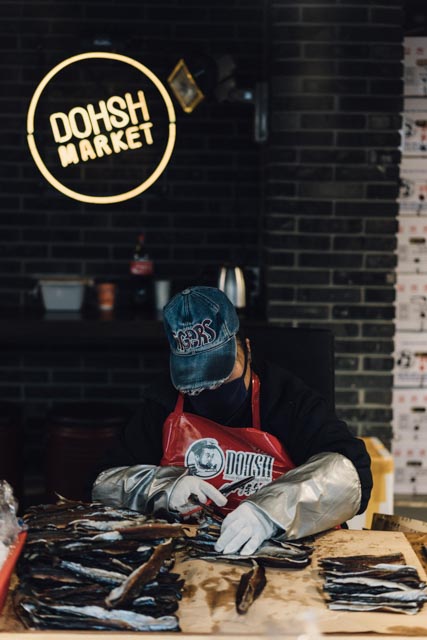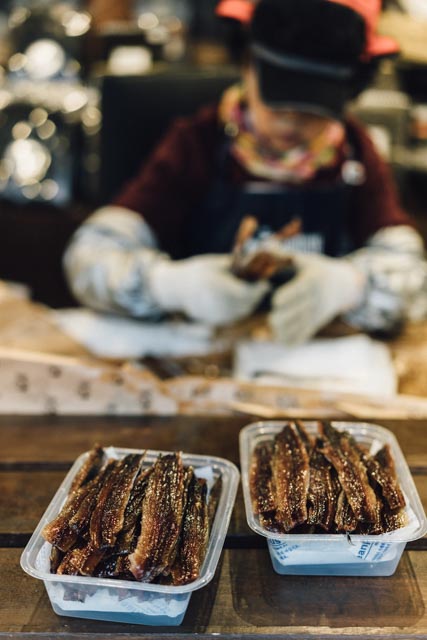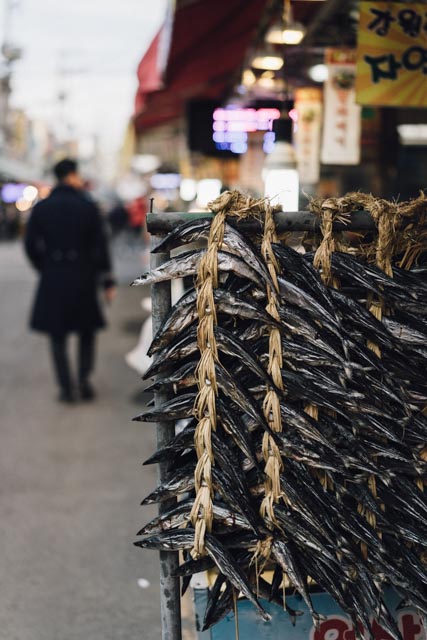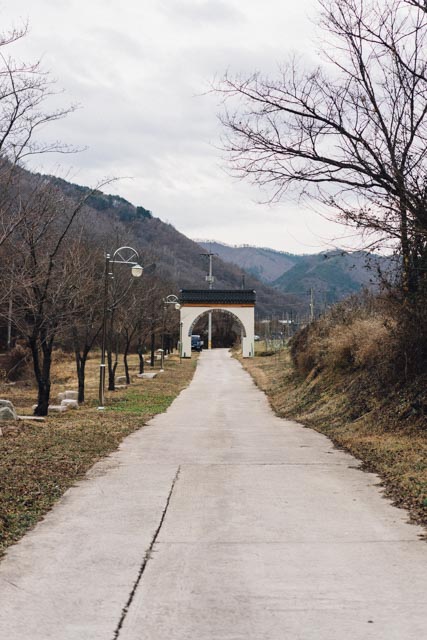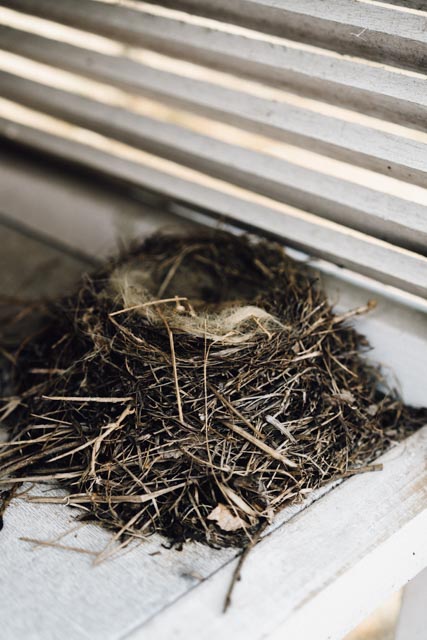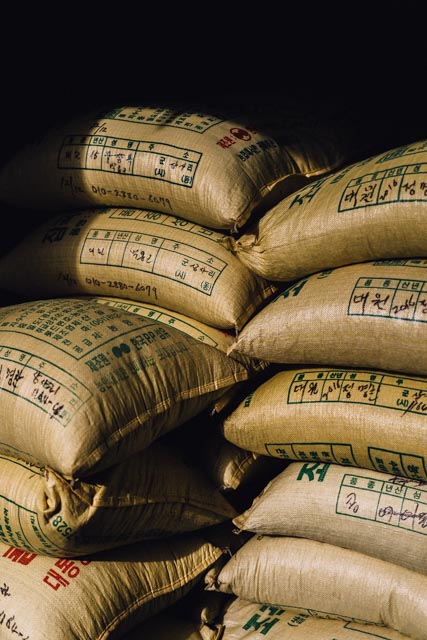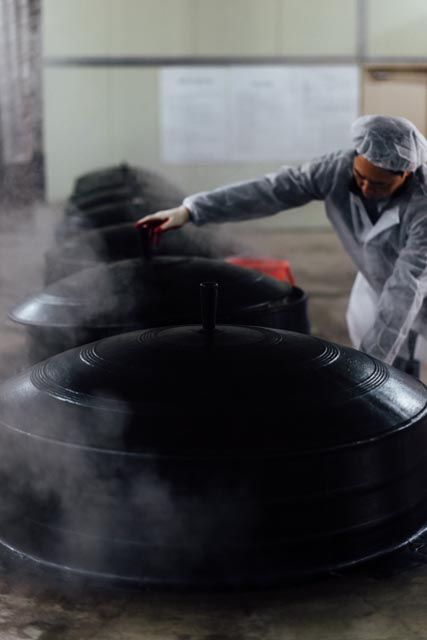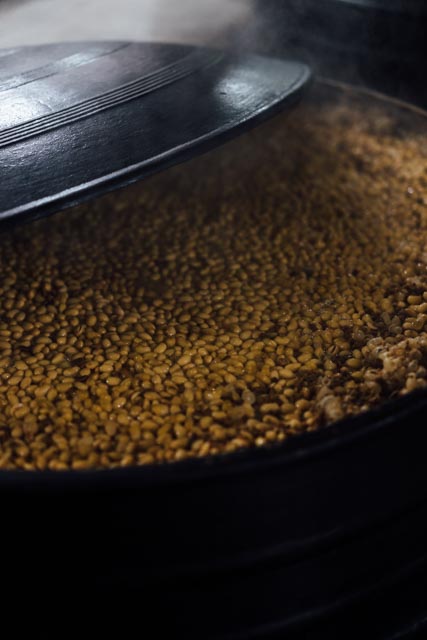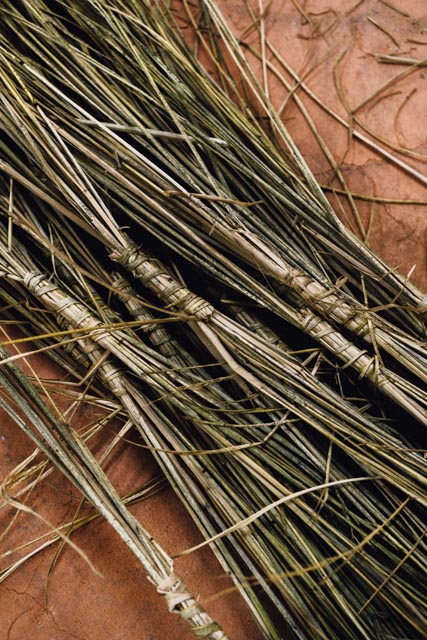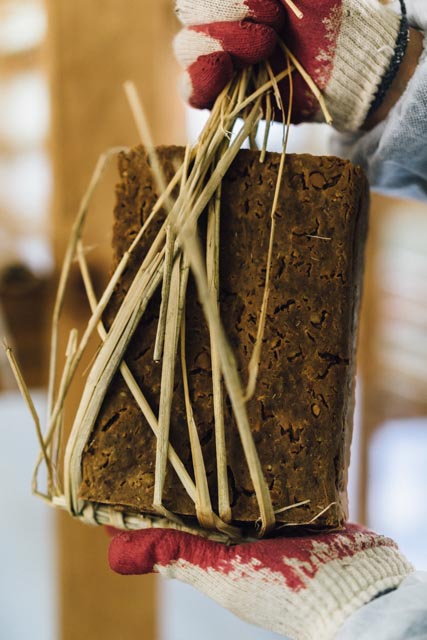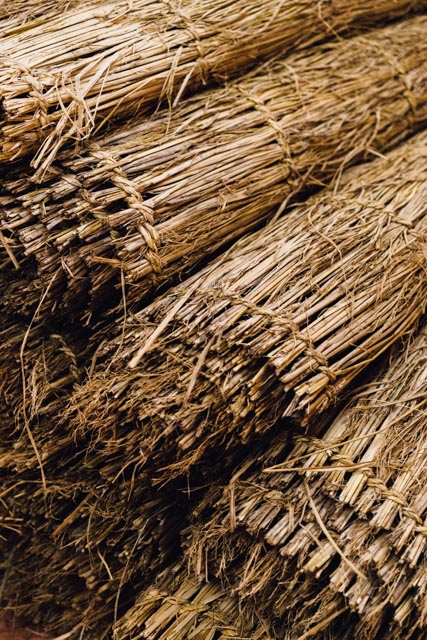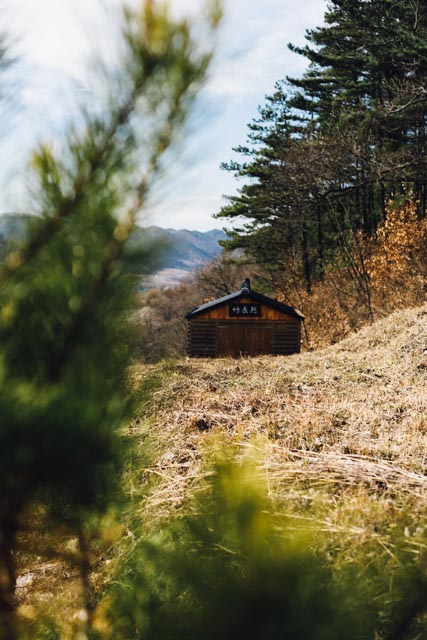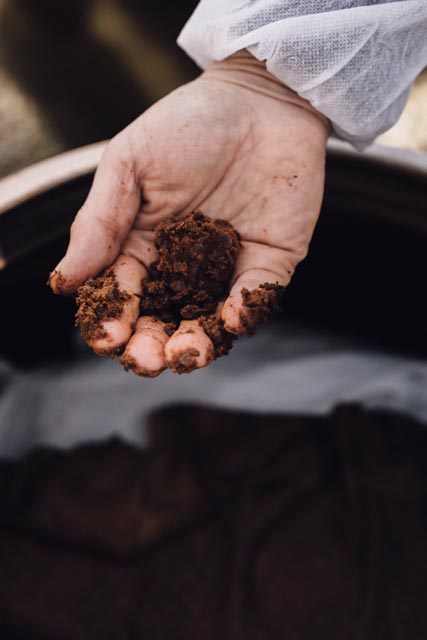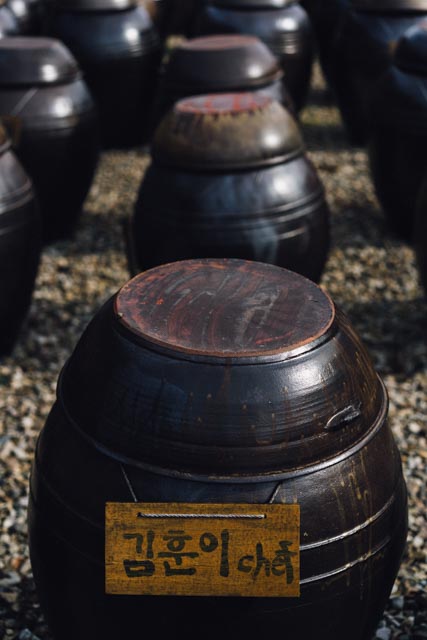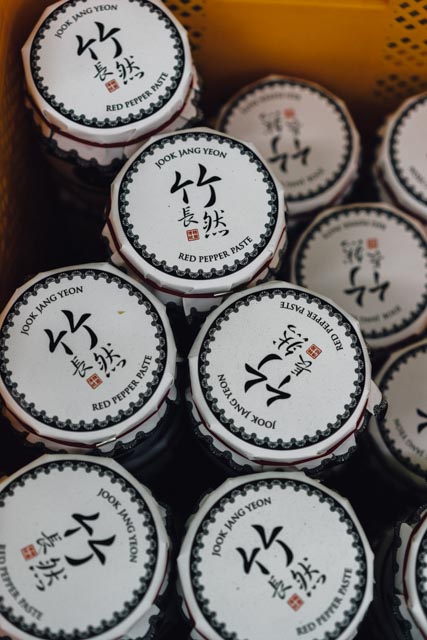Korean Terroir

I can hardly believe it’s 2017 – the second week of 2017 even – and somehow 2016 disappeared along with my grand plans for all the work and blogging I was going to do in November and December. After leaving my corporate life, I wanted to take a little break to travel, spend time with family and friends, sleep and just reset. I Konmari’ed my house, and vowed never to buy anything again that didn’t spark joy. I spent days brainstorming and daydreaming about what I was going to do with my cooking. I had 120 people over for Thanksgiving dinner. I travelled to Korea a couple of times and met with potential collaborators in Shanghai, and then had a spicy pop-up in Hong Kong with one of the collaborators. So that little break wasn’t a complete break, but it wasn’t little either. I looked up and there I was with a glass of champagne in my hand, counting down the last seconds of 2016 in a mild state of shock.
So now it’s a new year, the time for resolutions and fresh starts. This year, I don’t have many resolutions, but among the few is to be mindful of the passage of time (!) and also to pick up my blog again, from the side of the road where I unceremoniously dumped it a while ago. And so here we go.
Last month, before 2016 ended so abruptly, my friend Soo Choi in Seoul organised a visit to the countryside to see how Korean soybean paste (doenjang) is made. If you haven’t had doenjang before, it’s like a punchier, earthier, textured Japanese miso. Later this week I’ll be posting a guide to the Korean sauces you need to know, and doenjang is first on the list.
Soo’s friend, Michael Jung, runs JookJangYeon, one of perhaps three established businesses in Korea that still makes doenjang and related sauces using traditional methods. Jookjangyeon is less than ten years old itself, but the methods used by its workers are generations old.
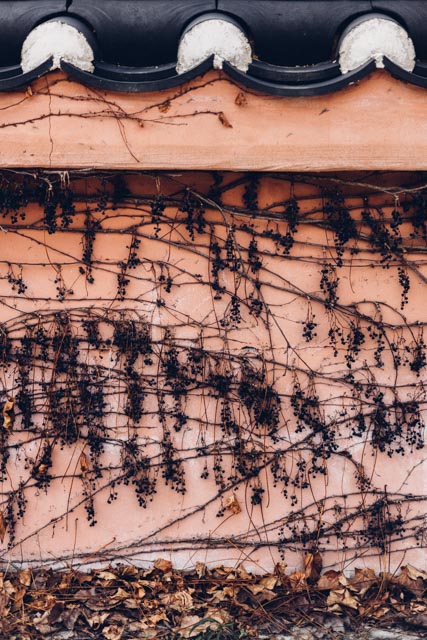
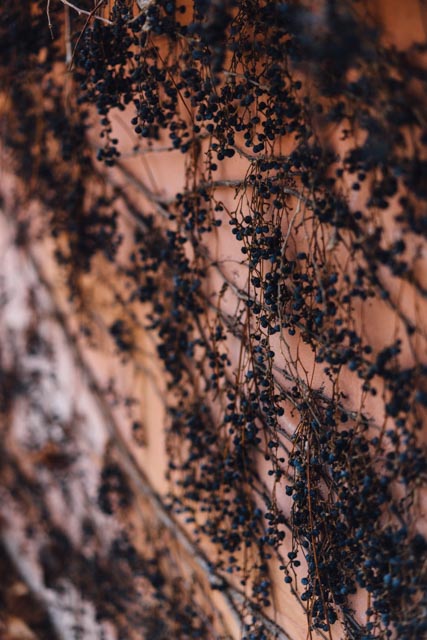
JookJangYeon is in Jookjang-myeon in the southeast of South Korea, near the seaside town of Pohang. Well not entirely near – it is an hour’s drive from Pohang, which itself is a three-hour express train ride from Seoul. It’s this fairly remote countryside, the crisp air, the mountain water and the land that the soybeans are farmed on that provide the terroir that make their sauces so complex and layered. The connection between the land, the water, the people and the food they produce is literally awesome to see in person. I am very very grateful to Soo for taking the time to explore with me, and to Michael for being so enthusiastically welcoming to us.
Michael picked us up at the Pohang train station and took us immediately to lunch - my kind of hospitality. We then visited the Pohang seaside and saw the giant patinated bronze "Hand of Harmony" that emerges from the water to face another giant hand that is on the beach and more excitingly, the pot that is the largest pot in the world for making Korean new year's rice cake soup, serving 1200 people I think Soo said. The air around the pot smelled like the soup, as if the scent for so many people could linger for a year, which made me hungry. Good thing.
That evening, Michael took us to not one, but two dinners to try the best food Pohang had to offer. The local specialty in the wintertime is gwamaegi, wind-dried Pacific saury, which is similar to mackerel. Once the temperature drops enough for the winter, whole fish are hung in the open air by the sea as if they're still swimming in schools. Gwamaegi is served filleted and cut into bite-sized pieces, to be wrapped in your choice of nori, fresh seaweed, lettuce or perilla leaves. You can lay slices of raw garlic or green chilli on top of the fish before wrapping it, and you must daub on a bit of ssamjang, the Korean sauce made primarily of doenjang and gochujang (Korean chilli paste). Every house has their own recipe for ssamjang and our first stop for dinner was where the proprietors make their own pastes from scratch and are especially renowned for their ssamjang Their ssamjang came with layers of herbs, sesame seeds, sesame oil, that we mixed ourselves. I’ve been trying to recreate the freshness and depth of their sauce at home with limited success.
Our second stop was for barbecued beef, which was accompanied by bowls of steaming doenjang stew, made with rich beef bone broth and heaving with chunks of beef. We were far from hungry after our gwamaegi feast but the stew was so comforting and laden with umami from the housemade doenjang, we couldn’t help but finish it all.
The next morning, Michael drove us to the JookJangYeon farm. The whole business started fortuitously, after Michael’s father was given jars of fermented soybean and chilli paste by the local villagers as a thank you gesture for some work he had done with them. When you sample the complex, handmade sauces made by these locals, you can see why Michael was inspired to preserve their traditional methods. For most of my life, I have only had commercial doenjang and gochujang, especially growing up outside of Korea where it was difficult to find any family that made their own pastes at home. Commercial sauces, as Michael explained, are often made with countless chemicals to replicate (read: fake) the traditional fermentation process. Some commercial sauces, he says, can be made in three days from start to finish.
In contrast, JookJangYeon’s fermented soybean paste takes over three years to be produced. They start with the planting of the soybeans by local farmers who are part of their farming cooperative, and the harvesting of the soybeans seven months later. The harvested soybeans are soaked and then simmered for a day in huge cauldrons called gamasot over oak wood fires, which are stoked by hand. After the beans are cooked, they’re crushed and cut into blocks called meju using a mixture of traditional cutting tools and a modern conveyer belt. The workers braid straw from the farm into rope to hang the meju to dry, and weave straw mats on which the meju will be fermented once dried.
Then there’s the brining of the meju with various spices for fifty days in tall earthenware jars (jangdok) made by a nationally recognised ceramics artist. During this initial fermentation period, the soybean solids separate from the liquid. That liquid becomes the liquid gold of Asian cuisine – soy sauce. The leftover solids are packed again in the jangdok, covered with muslin, and with the lid on, left outside during the winter to further ferment for at least two years. A far cry from the three days that it takes to make most of the sauces on the supermarket shelf…
Michael showed us around the entire farm, from the room where they store the sacks of farmed soybeans (each showing which farm supplied the beans from which village, and the harvest date) to the wooden shed on a hilltop where they store the local salt they use.
The most impressive sight though was the field where they keep the jangdok in rows, like stout soldiers, behind a white-painted iron gate. Row upon row of jars, each filled with 120 kilos of percolating, fermenting goodness.
There is an entire section of that field carrying signs with the names of people and restaurants hand painted on them. These are the jars that have been “adopted” by people who are lucky enough to now have their own jangdok with their own paste. They can call up the farm and have their paste delivered to them as needed. I didn’t know it before, but this is my dream – to have my very own jangdok, filled with 120 kilos of handmade fermented soybean paste that could supply me, my family, and any cooking event I might ever have for years. Having my doenjang delivered to me outside of Korea is another matter, so if you’re reading this and live in Seoul, you may be asked to be my doenjang mule at some point (hi Soo!).
These days, JookJangYeon has grown into an international business, supplying restaurants in the United States, Mexico, Japan and Hong Kong among others. Perhaps their most famous client internationally is chef Hooni Kim, who owns the New York restaurants Hanjan and Danji, and has been a judge on Master Chef Korea. In this field of dreams, there is a jar that bears chef Hooni’s name, which by chance is the photo I have of the personalised jars.
Despite the growing business, the farm operations still feel homey. Michael brought bags of fleece clothing from Seoul as gifts for his employees since the cold was starting to set in. Lunch is eaten at folding tables next to the steaming cauldrons. Of course we had doenjang stew which was so savoury and yet so simple and clean. I don’t think I can ever cook with commercial doenjang or gochujang again. Hopefully I never have to once I finalise the “adoption” of my very own jangdok.
Some processes take time, whether it’s fermented soybean paste or apparently writing this blog. You can’t rush things, which is another one of my resolutions for 2017. But my next blog post I promise won't take three years...
xx Mina
JookJangYeon
445-1, Sangsa-ri, Jukjang- myeon, Buk-gu, Pohang-si, Gyeongsangbuk-do, Korea
http://jookjangyeon.com/en/html/







